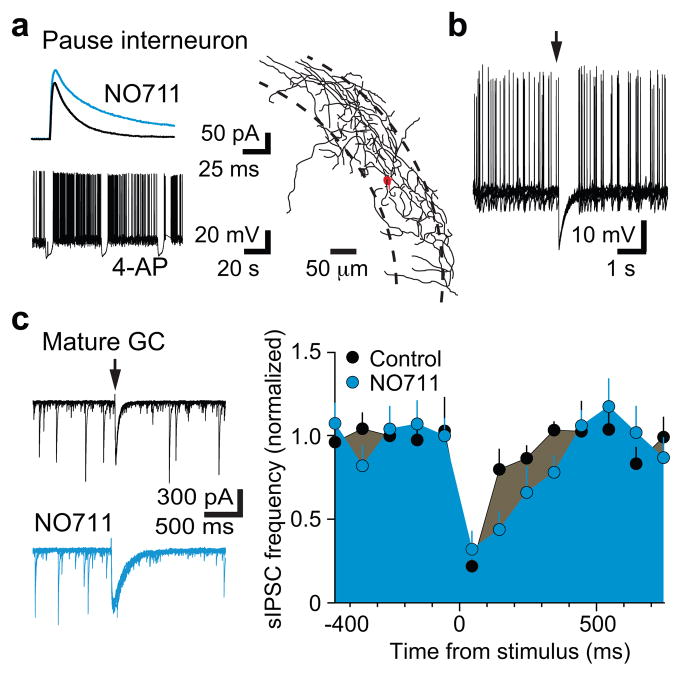Figure 3. Disinhibition of mature cells by Ivy/NGs predicts coordinated activity.
a, The GAT1 inhibitor NO711 (2 μM) increased the amplitude (114 ± 4% of control, p = 0.02) and decay phase (half width = 161 ± 16% of control, p = 0.05; area = 200 ± 22% of control, p = 0.01) of slow IPSCs in pause interneurons, supporting innervation by Ivy/NGs9,10. Inset, pause pattern of firing during subsequent 4-AP application. The axon of the pause cell shown in (b) and (c) revealed it targeted the perisomatic region.
b, Spontaneous interneuron firing induced by somatic depolarization was inhibited by the slow IPSP (from 1.0 ± 0.4 Hz to 0.1 ± 0.1 Hz, p = 0.05; n = 5). Arrow indicates time of synaptic stimulation. Six traces are overlaid.
c, Left, sIPSCs in mature granule cells were reduced after molecular layer stimulation (arrow). Eight traces overlaid. Right, NO711 significantly prolonged the suppression of sIPSC (half-width increased from 136 ± 20 ms to 222 ± 35 ms, n = 6, p < 0.02). Error bars indicate S.E.M.

